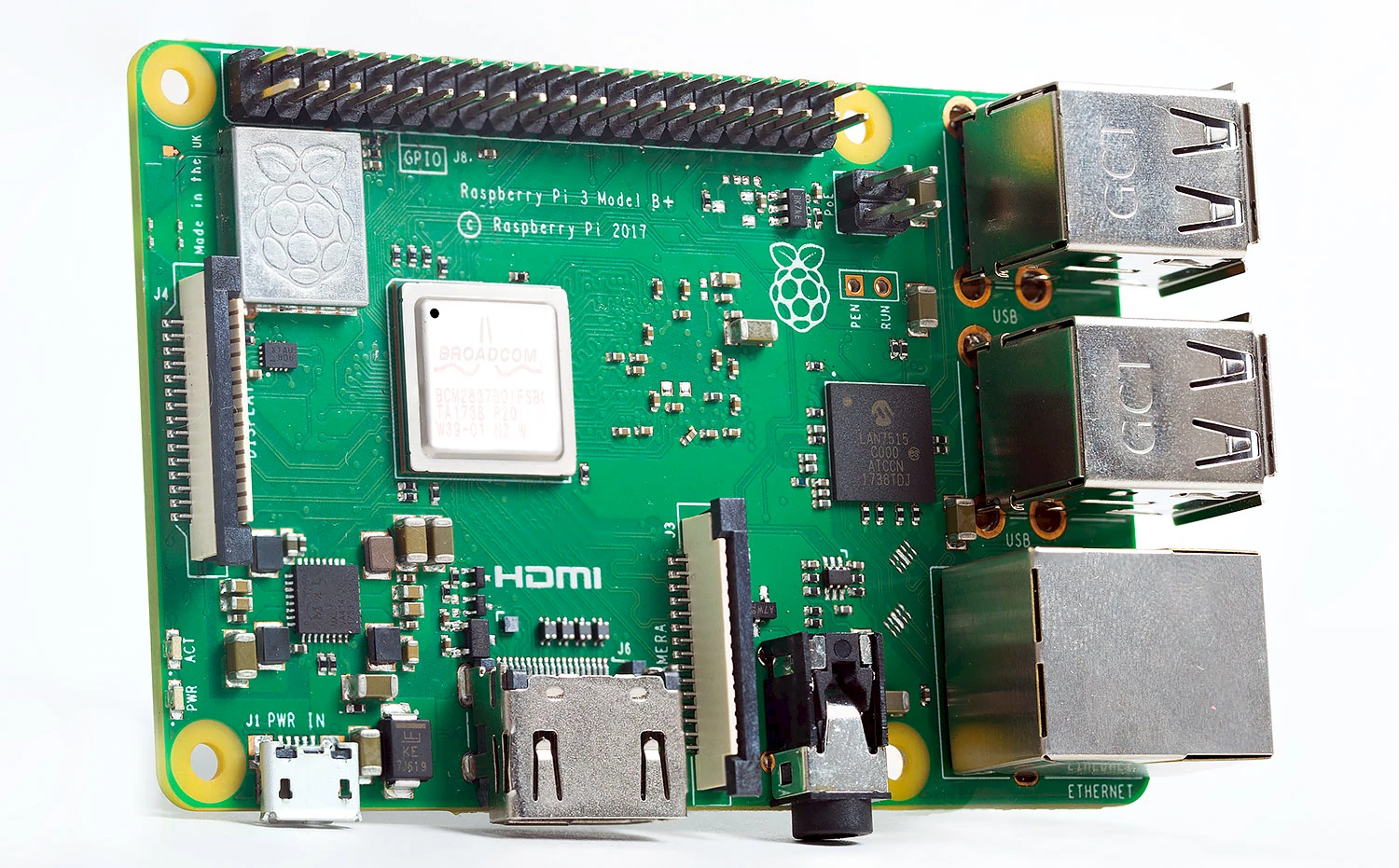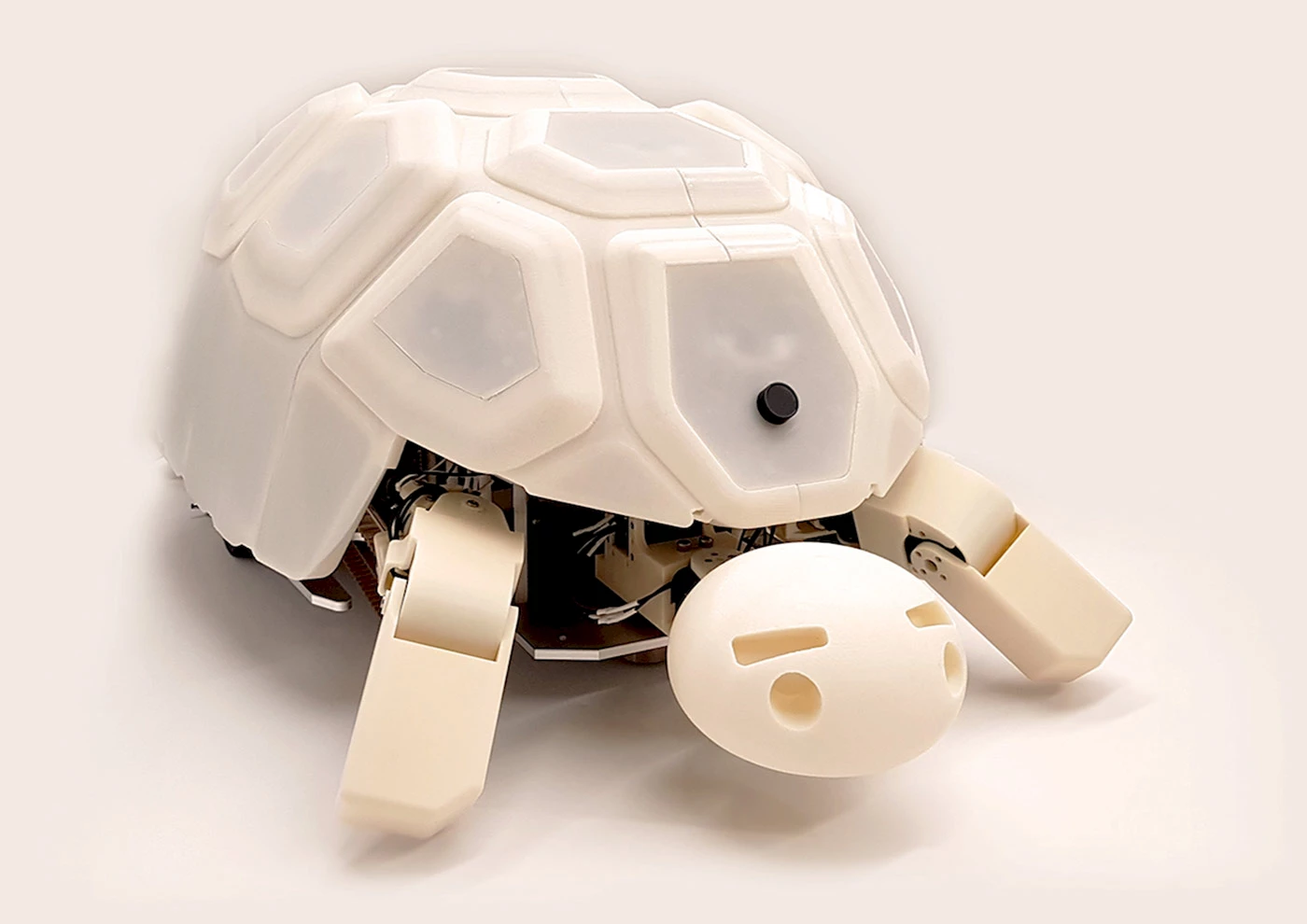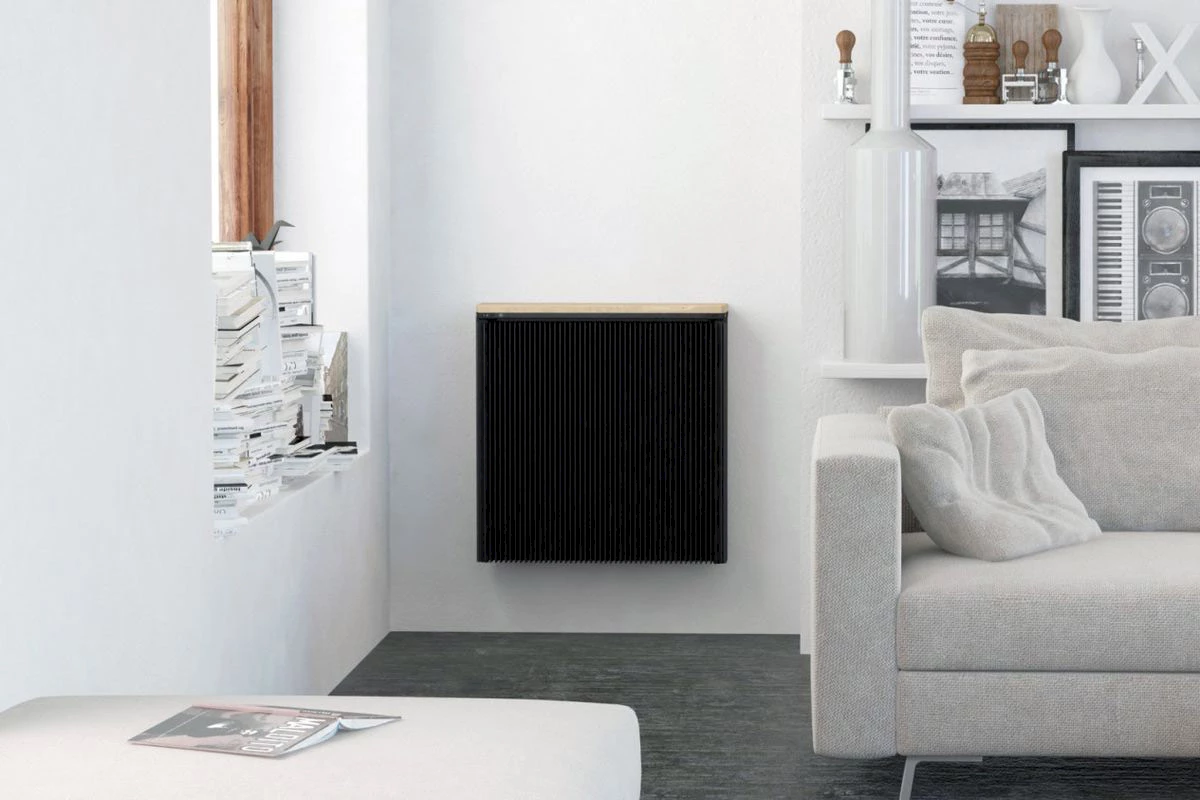Weekly Tech Recap - № 159 - New Raspberry Pi 3, robotic tortoise, Qarnot QC-1, HAL-9000, violent games

Raspberry Pi 3 Model B+

Raspberry Pi 3 modèle B+. © Raspberry Pi Foundation.
The foundation waited for Pi (π) Day to announce an updated version of Raspberry Pi 3, its first 64-bit ARM processor single-chip nano-computer. Dubbed the model B+, there are no changes to its dimensions, connections, or price ($35 USD, or $46 CDN from BuyaPi.ca and CanaKit). This new device is built around the BCM2837B0, a 64-bit processor running at 1.4 GHz, which is an updated version of the Broadcom processor used in the Raspberry Pi 3 B. A new Cypress chip offers Dual-band 802.11ac WiFi and Bluetooth version 4.2. Similarly, network access is improved via a LAN7515 chip that runs Gigabit Ethernet, which triples the outgoing bandwidth on USB 2.0. Power-over-Ethernet support is available using an optional PoE Switch HAT element. Raspberry Pi 1B+, Pi 2B and Pi 3B are still available for $25, $35 and $35 USD respectively. This is important for some of their industrial clientele who prefer to stick with existing products for the moment. Available as of today.
⇨ Ars Technica, “Raspberry Pi 3 B+ has faster CPU, Wi-Fi, and easier compliance testing.”
The teaching tortoise

Shelly the tortoise. © Naver Labs.
Shelly is a South Korean robot-tortoise that was created to teach young children to respect robots. The idea is to reduce or eliminate aggressive behaviours during interactions with the creature. Shelly is a toy that’s fun to play with and that lights up when petted, but just like a real turtle, when hit, she withdraws and hides in her shell, and won’t come out until she’s decided that the environment is safe again. Shelly was made large enough that five to seven children under the age of 13 can interact with her at the same time. The top part, Shelly’s shell, is studded with LEDs and vibration sensors that can detect contact and impacts. Jason J. Choi of Naver Labs (Seoul), says a most interesting thing about the management of human-machine relationships: “Previous research has found that robots that rely on verbal warnings or escaping from abusive situations are not effective in restraining abusive behaviors. These kinds of reactions rather excite people’s curiosity and motivate them to abuse robots continuously. In our research, we showed that stopping attractive interaction is a better solution than somehow reacting to the abusive behavior.”
⇨ IEEE Spectrum, “Robotic tortoise helps kids to learn that robot abuse is a bad thing.”
Cryptocurrency mining to heat your home

QC-1. © Qarnot.
If you’re thinking of jumping into the cryptocurrency mining business, here’s an added bonus: you can heat your entire house by using a cryptocurrency mining rig with a wall-mounted radiator. Qarnot’s QC-1 “crypto heater” is one sleek-looking radiator, with a wooden top and matte-black finish, and is totally silent – no fans are needed for cooling down the rig, as the heat it generates is used to heat your house. The device has two Sapphire Nitro+ Radeon RX 580 graphics cards, and can create about $120 of Ethereum per month (based on current prices). It costs about $3,570 and pre-orders are being taken now. The first rigs will be shipped before June 20th.
⇨ TechCrunch, “Qarnot unveils a cryptocurrency heater for your home.”
HAL can run your errands on Amazon

HAL-9000.
Now you too can own a replica of HAL-9000, the evil supercomputer from 2001: A Space Odyssey, which is also a virtual assistant that can control your home. Employees from the now-defunct Master Replicas, which created a range of props from Star Wars and Star Trek, have created a new company that’s developed an interactive replica of HAL using Amazon’s smart assistant Alexa. The replica uses Amazon’s Echo technology to control your home, with a Fire HD tablet as its base. It can be your virtual assistant, giving you updates of the news and the weather and controlling smart devices in your home. Pre-orders will start in April, with shipping in August or September. The run will be limited to… 2001 units.
⇨ The Verge, “This replica of HAL-9000 from 2001: A Space Odyssey comes with Amazon’s Alexa built in.”
GTA V won’t make you aggressive and violent

GTA V. © Rockstar Games.
This is the conclusion of a long-term study that was just published in the journal Molecular Psychiatry. At a time when too many people, including the President of the United States, think that video games are a part of the cause of violence among youth and bloodshed in schools, this is a conclusion that might indeed be welcomed. Previous experimental studies have focused on the short-term effects of violent video games. The current study, however, is the first to examine the long-term effects of violent video games using an impressive battery of tests: behavioural measures of aggression, sexist attitudes, empathy and interpersonal skills, predisposition to boredom, risk-taking and procrastination, mental health assessments (depression, anxiety), all before and after two months of daily video-game playing. Each day for two months, participants either played the ultra-violent Grand Theft Auto V, or a non-violent video game, Sims 3, or no video games whatsoever. No significant changes were observed among any of the three groups, not the daily violent video-game players, the daily non-violent video game players, or the control group that played no games at all.
⇨ Ars Technica, “Two months of daily GTA causes ‘no significant changes’ in behavior.”
⇨ Molecular Psychiatry, “Does playing violent video games cause aggression? A longitudinal intervention study.”
